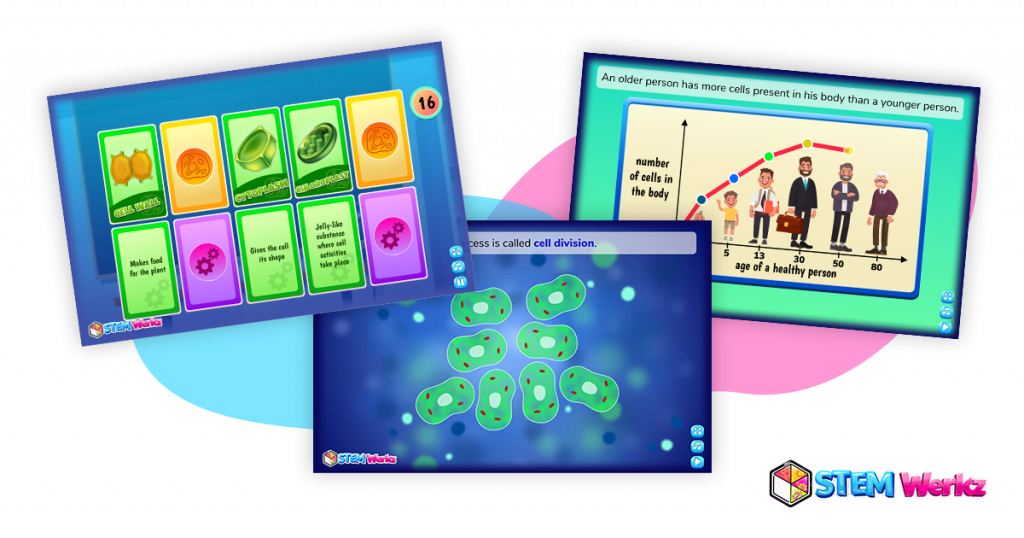When your child first learns about cells, it’s easy to marvel at these tiny building blocks of life. Cells are where the magic of life happens, and recent scientific advancements have put a particular kind of cellular machinery – mRNA – under the limelight. Let’s embark on a journey to understand this exciting domain of science, and how it’s revolutionizing the world of medicine, particularly vaccines.

The Marvel of mRNA
Every cell in our bodies has a mission, and to achieve this mission, it needs a set of instructions. These instructions are encoded in our DNA, the long, twisted molecule that carries our genes. But here’s where mRNA comes into play. Think of DNA as a vast library of cookbooks, while mRNA acts as the specific recipe taken out from one of those books.
mRNA stands for ‘messenger RNA.’ It’s a kind of RNA, or ribonucleic acid, which reads the instructions in the DNA and carries this information to the cellular factories that produce proteins. These proteins then go on to perform various functions that keep our bodies running smoothly.

mRNA Technology in Medicine
The beauty of mRNA is its adaptability. Scientists realized that if they could design their own mRNA sequences, they could guide cells to produce specific proteins, including those not naturally produced in the body. This ability paved the way for groundbreaking medical innovations, including the mRNA vaccines we’ve heard so much about lately.
mRNA Vaccines: A New Age Revolution
Traditional vaccines often use a weakened or inactivated form of a virus to stimulate our immune response. The body sees this intruder, fights it off, and remembers it, so if the actual virus tries to invade later, our immune system can recognize and combat it promptly.
mRNA vaccines work a little differently. Instead of introducing a piece of the virus, they carry the instructions (in the form of synthetic mRNA) to produce a tiny fragment of the virus, generally the spike protein for viruses like SARS-CoV-2. When our cells read these instructions, they begin producing this harmless piece of the virus, which our immune system then recognizes as foreign. This initiates an immune response, giving our bodies a heads-up about the real intruder.
The benefit? mRNA vaccines can be designed swiftly in response to new viral threats, a trait that proved invaluable during the rapid global spread of COVID-19.
Why mRNA Matters in STEM Education

As parents of budding scientists and curious young minds, it’s vital to introduce them to these advanced concepts early on. Understanding the intricacies of cellular machinery and technological advancements like mRNA can inspire them to think about the infinite possibilities of STEM fields. It’s not just about what we already know; it’s about what our children might one day discover!
By integrating topics like these into primary education, we cultivate a generation that’s not just aware but is also prepared to leverage such technologies for the betterment of society.

STEMWerkz: Your Child’s Window to Cellular Wonders
At STEMWerkz, we’re dedicated to breaking down complex scientific concepts into digestible, engaging content for children. With a topic as exciting as cells and its functions, our platform offers interactive modules that help kids visualize and understand these minute wonders.
Dive into STEMWerkz today and start your child’s 7-day adventure into the microscopic wonders of life.
Ready to nurture your child’s cellular curiosity? Try STEMWerkz’s 7-day trial now!






